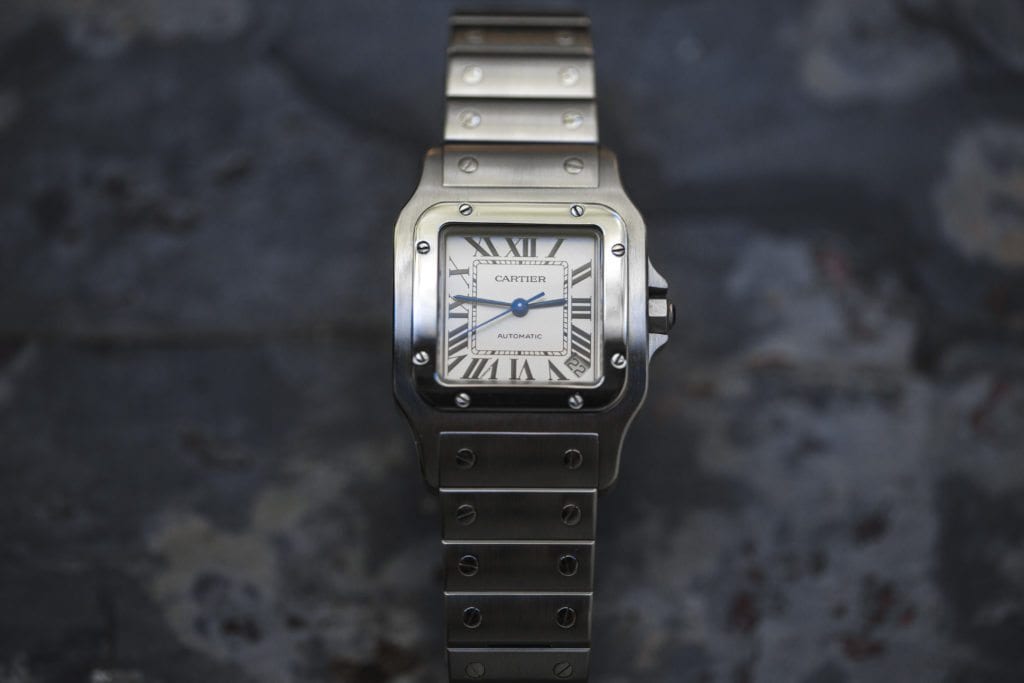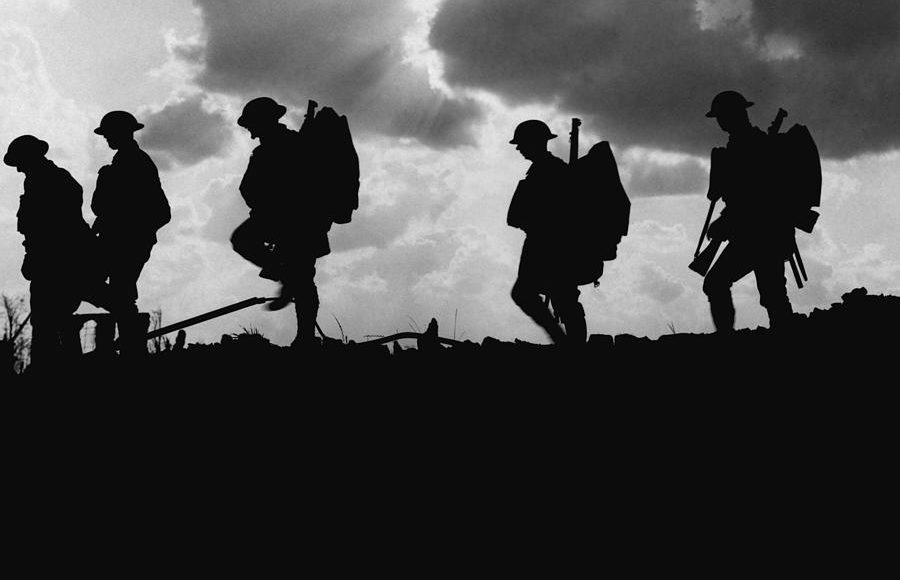Watches and the Military: The Roots
The history of mechanical watches and military use is centuries old. There is documentation as early as the Boer Wars of the 1800’s. The nineteenth century was the era of the pocket watch. You’d find military men using small leather wristlets to carry pocket watches into battle. Needless to say, the pocket watch wasn’t particularly practical or effective while mounted on horseback or loading a rifle. But everything changed with the onset of WWI. The brutal conditions of trench warfare spurred the need for immediate change. It was then that the pocket watch began to evolve into the wristwatch, and the wristwatch began to evolve into a vital tool for the military.
Wristwatches were not a widely-accepted men’s accessory prior to use by the military. They were too feminine for a man and too similar to bracelets. At that time, men had large, robust pocket watches. Pocket watches were a status symbol. The shift to a wristwatch wouldn’t catch on until the military utilization in the 1900’s.

A modern Cartier Santos
The First Wristwatch
Louis Cartier is credited with creating the first wristwatch in 1904, the Santos. However, the first push for wristwatches and their application in the military was actually in 1901. Well respected British silversmiths Mappin & Webb distributed a campaign for an Omega pocket watch fitted with a leather strap that could be attached to the wrist.
WWI
Pocket watches remained the official military-issued timepieces throughout the First World War, but wristwatches continued to evolve. Conditions in the trenches were harsh, with men crouching and exchanging gunfire amidst mud, rain, and shrapnel. A tough, durable, and legible watch became essential, and there were a few notable features that were key. First, a screw-down “Borgel” case to protect the movement. This was the first attempt to make watches resistant to dust and moisture. Then, luminous hands and hour markers for optimal visibility. And finally, an “unbreakable” glass crystal, covered by a removable metal grille or cage called a shrapnel guard atop the dial. Aptly named, these became known as trench watches.
Watchmakers and retailers quickly caught on, and wristwatch production increased. With millions of men in the military around the world, it soon became essential for companies to begin making wristwatches. Many officers began purchasing their own in order to coordinate their tactics. The phrase, “synchronize your watches,” comes from this era. Every action, from supply deliveries to maneuvers, was scheduled carefully and with precision.
As the Great War progressed and new tactics developed, the wristwatch became something greater than just a more convenient version of the pocket watch—it became an indispensable tool for survival. Soon, the wristwatch made it to the top of the list for the officer’s kit in military handbooks. In 1916, Rolex introduced an official watch for officers, the Sterling Silver Officer’s Wristwatch. The Rolex Officer’s watch showcases many of the attributes of the trench watches, including fixed lugs, a large “onion” shaped winding crown, and luminescent hour markers.
After the War
Wristwatch production during the war was at an all-time high. By the end of the war in 1918, many manufacturers had a surplus of stock. The wristwatch was widely popular at this point and there was a short economic boom following the war. However, the Great Depression soon followed. For many companies, it took years or even decades to clear out the wristwatches produced during the war. Still, it marked a new era for the wristwatch. With veterans proudly sporting the wristwatches that served them faithfully in the trenches, gone were the days of believing a wristwatch was too feminine.
Get More Articles Like This in Your Inbox
We're constantly creating great content like this. So, why not get it delivered directly to your inbox? By subscribing you agree to our Privacy Policy but you can unsubscribe at any time.






